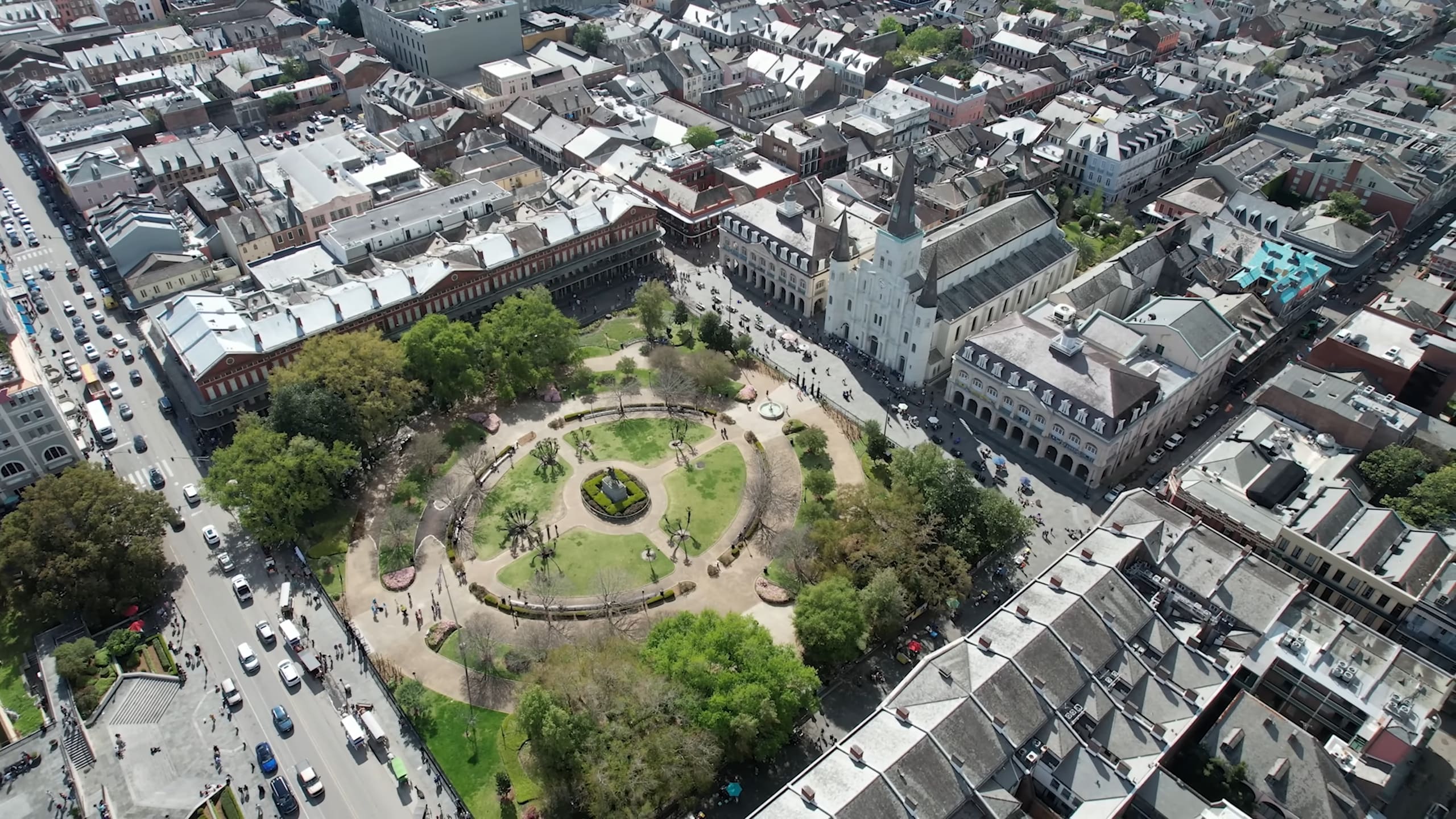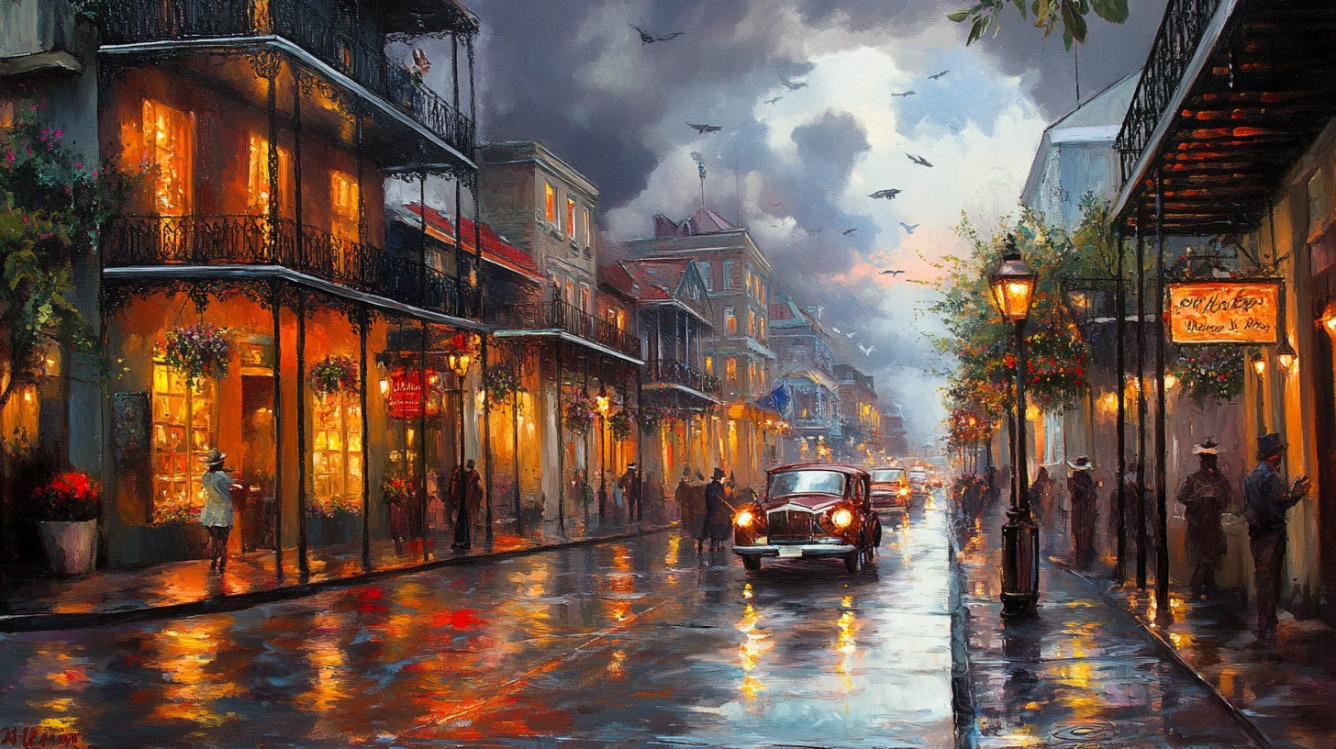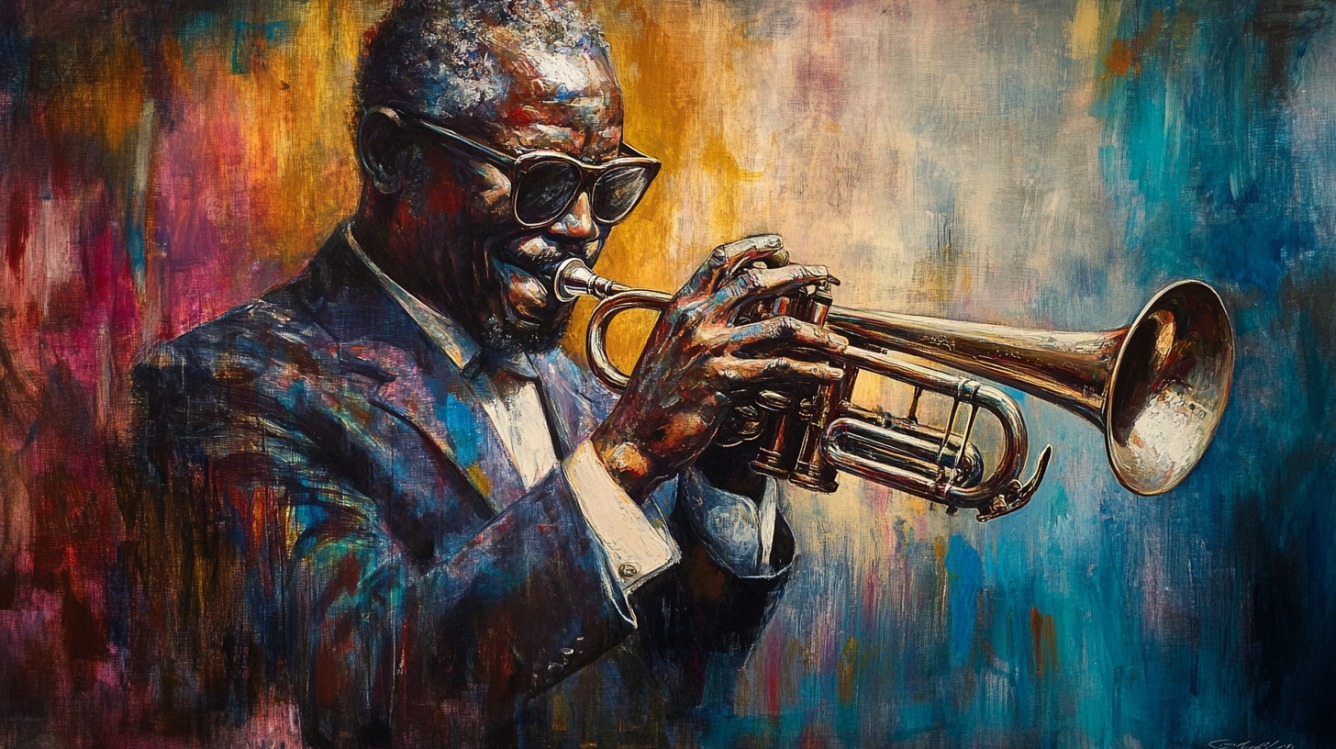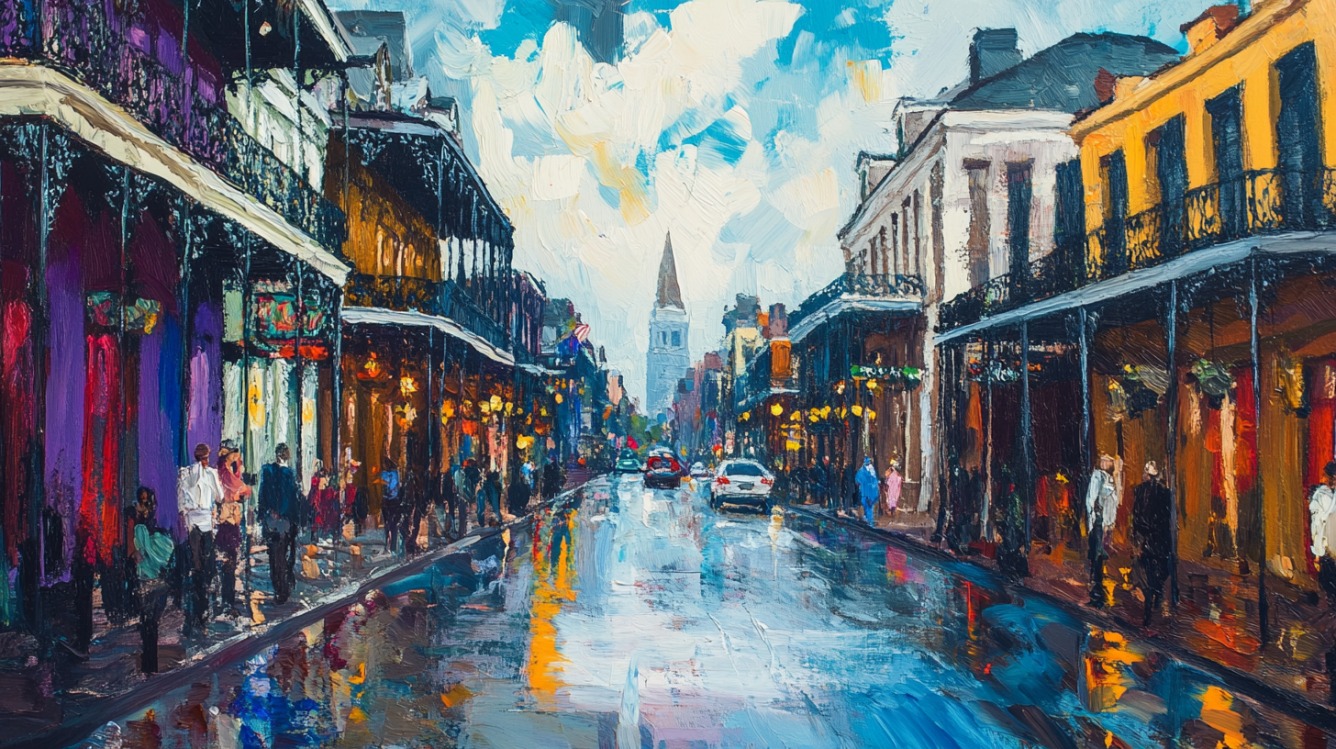New Orleans captures attention with its music, flavors, and traditions. Layers of culture, history, and vibrant energy intertwine, giving rise to many nicknames.
Each one reflects how people perceive the city and what they value most about it.
Names carry stories, and New Orleans has many. Every nickname offers a glimpse into a different face of a city that refuses to be defined by just one.
1. The Big Easy
Stories float around about how this nickname came into existence. Some trace it to a dance hall in the early 1900s, where the rhythm flowed freely and entry was cheap. Others credit local jazz musicians who used the term to describe how gigs in New Orleans felt, relaxed, unhurried, and soulful.
No matter the exact source, it was journalist Betty Guillaud who gave the name a lasting place in the American vocabulary during the 1970s. Her writings contrasted New Orleans’ slow, musical beat with New York’s relentless pace, branding New Orleans as “The Big Easy.”
Locals adopted the phrase quickly. It reflected more than a slogan, it described a way of life. Tourists latched onto the name, sensing that it promised something different: no need to rush, no need to impress.
A sense of ease flows through the streets, in every brass band, every slow-cooked gumbo, and every lazy afternoon spent under a porch fan.
This nickname lives on in everyday conversation, pop culture, and tourism branding. You’ll see it everywhere, and for good reason.
- Long meals, spontaneous parades, and sidewalk musicians playing for the joy of it.
- Local artists, chefs, and performers embrace the slower, soulful rhythm as part of who they are.
- “The Big Easy” appears on shirts, drink menus, tour buses, and postcards, inviting everyone to take a break from stress.

2. Crescent City
Geography shaped this nickname; New Orleans curves with the Mississippi River in an unmistakable arc.
In 1835, Joseph Holt Ingraham highlighted this physical feature and called it the “Crescent City,” a term that captured how the river’s bend molded not just the land but also the layout and rhythm of the place.
That crescent shape didn’t fade with time. It still defines how locals experience space and direction. Streets follow the curve. Neighborhoods, especially in older districts, grow along the river’s sweep. Ferries, bridges, and levees all respond to the river’s path.
Commerce and disaster planning are both shaped by this geography. Port operations depend on the river’s route. Hurricanes and flood control systems take the curve into account when designing infrastructure.
Mention of the Crescent City often paints a vivid picture in people’s minds.
- Mississippi River curvature – A graceful arc framing the city’s heart.
- Steamboats and paddlewheelers – Historic icons that once ruled the bend.
- Balconies and levees – Elements that hug the natural contours of the waterline.
- Cultural orientation – Residents use the river to describe directions, not a compass.
- Flood defenses – Built along the crescent to protect lives and history.
3. NOLA
Efficiency gave rise to this four-letter nickname that has become a cultural shorthand across generations.
NOLA, short for New Orleans, Louisiana, emerged as a practical abbreviation, but its use expanded rapidly thanks to the rise of digital media, tourism marketing, and merchandise trends.
Once a functional acronym, it now represents a modern identity that merges historical pride with contemporary energy.
Social platforms helped boost its popularity, turning it into a go-to hashtag for festivals, events, and street scenes.
Branding campaigns across the hospitality and retail industries embraced the term for its compact, catchy style. Local businesses, influencers, and artists continue to adopt it to express their connection to the city.

- Meaning: Abbreviation for New Orleans, Louisiana
- Usage: Common on social media, local products, tourism ads
- Tone: Energetic, modern, bold
- Association: Jazz, cuisine, resilience, Mardi Gras, street art
4. The City That Care Forgot
At first glance, “The City That Care Forgot” painted a poetic picture. Life in New Orleans moved with an ease unfamiliar to outsiders, jazz drifting through streets, neighbors greeting each other by name, and celebrations springing up on ordinary afternoons.
The St. Charles Hotel adopted the phrase in the early 1900s, promoting the city as a haven of joy and indulgence. Care, as the slogan suggested, didn’t belong here.
The nickname originally implied freedom from stress and obligations. Travelers came seeking pleasure, and residents embraced a rhythm guided more by feeling than by clock. Those early decades gave the phrase an almost whimsical identity. People saw New Orleans as a place where responsibility took a back seat to laughter, music, and spontaneous fun.
As decades passed, the meaning began to shift. Hurricane Katrina in 2005 brought devastation that exposed long-standing inequalities, infrastructure failures, and policy neglect.
In that context, “The City That Care Forgot” took on a haunting tone. Care wasn’t absent because life was easy, it was absent because systems looked the other way. A name once rooted in delight became shadowed by a reality too painful to ignore.
5. The Birthplace of Jazz

Jazz didn’t begin in a vacuum. Early 20th-century New Orleans served as a melting pot where African, Caribbean, and European musical traditions collided in the streets, dance halls, and churches.
Out of that fusion came a revolutionary sound that would change music forever.
Louis Armstrong brought brilliance to the trumpet. Jelly Roll Morton pushed boundaries with composition. King Oliver influenced generations with his cornet tone.
- Origins rooted in street culture: Musicians played in Storyville brothels, funeral processions, and spontaneous second lines.
- Influential figures: Louis Armstrong, Jelly Roll Morton, King Oliver, Sidney Bechet, and Buddy Bolden shaped the genre’s foundation.
- Key styles that emerged: Dixieland jazz, ragtime, and blues flourished first in New Orleans before spreading.
- Cultural preservation: Mardi Gras Indians, second lines, and brass bands still carry jazz forward through generations.
- Modern celebration: Frenchmen Street, Preservation Hall, and the New Orleans Jazz & Heritage Festival continue the tradition year-round.
Walk through Jackson Square or Frenchmen Street and music will find you. A trumpet might echo down the alleyway, or a trombone might lead a second line around the corner.
Jazz isn’t in the past here. It breathes, marches, and sings in the present.
6. Hollywood South
New Orleans transformed into a filmmaker’s paradise in the early 2000s, thanks to generous tax incentives offered by the state of Louisiana.
Production companies saw an opportunity to cut costs while capturing atmospheric streets, historic buildings, and vibrant neighborhoods. Crews flooded in, and New Orleans quickly earned the nickname “Hollywood South.”
Movies and television shows began to put the city in the spotlight. Producers were drawn to its architecture, its mood, and its unmistakable character. Local streets became sets. Cemeteries and jazz clubs became backdrops. What started as a financial move grew into a full-blown cultural wave.
- Treme – An HBO series that focused on post-Katrina life through music and culture
- NCIS: New Orleans – A long-running crime drama infused with local flavor
- 12 Years a Slave – An Oscar-winning film that used Louisiana’s historical depth to powerful effect
- The Curious Case of Benjamin Button – Partially filmed in New Orleans, highlighting its cinematic potential
- American Horror Story: Coven – Set in and filmed across the French Quarter and Garden District
Studios like Sony and Warner Bros. began eyeing New Orleans for more than one-time shoots.
Crews relocated, local talent was hired, and the city started building an infrastructure to support large-scale filming.
By 2015, dozens of productions were underway each year. Cafés and corners once known only to locals appeared on screens worldwide.
Actors and directors could be spotted in restaurants and music venues on any given night.
Summary
Nicknames for New Orleans come from its music, geography, language, and spirit.
No single name tells the whole story. Together, they reveal a city bursting with flavor, creativity, and depth.
Visitors may come in search of the Big Easy, the Crescent City, or NOLA.
Each name offers a new way to experience a place like no other. Call it what you want, New Orleans always delivers something unforgettable.
